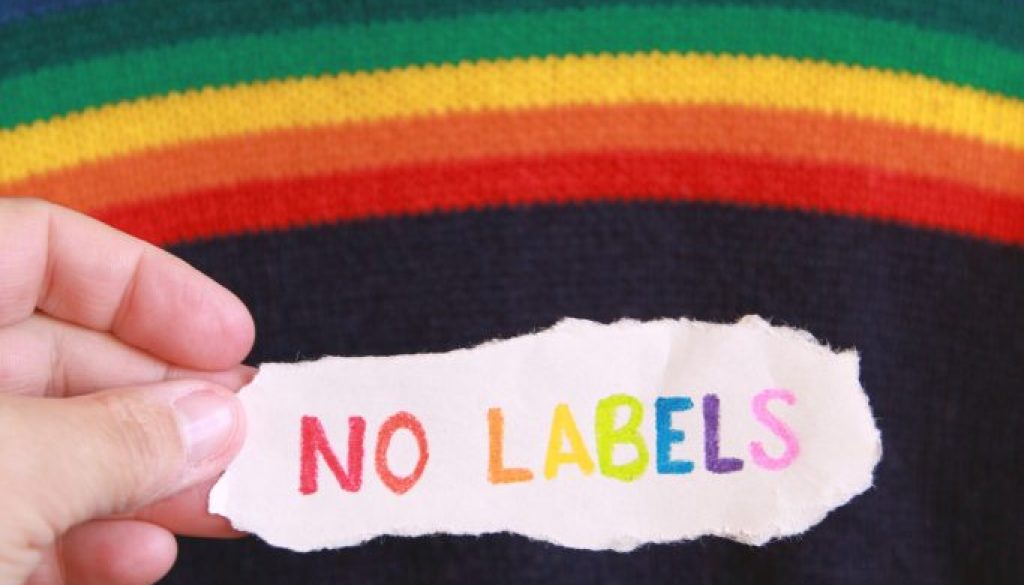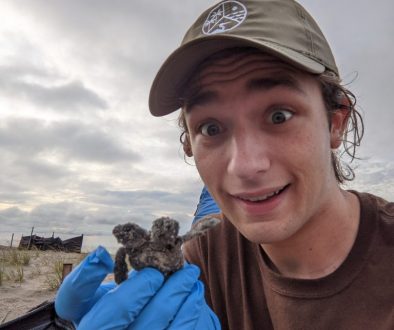How to Be an Ally Through Learning and Language
Author: Kate Liseo
In this century, there has been significant legal and public support for the LGBTQ+ community in the United States. This includes ditching the “Don’t Ask, Don’t Tell” military policy, more openly LGBTQ+ representatives in political positions, increasing access to gender-neutral facilities, and much more. However, this is not to be mistaken for infinite exponential progress, as we continue to see anti-LGBTQ+ legislation and hate crimes across the country. Voting, rallying, and signing petitions are some great ways to combat these forms of hate. Yet, sometimes allyship can come in more subtle forms, specifically in the language we use to talk with and about the LGBTQ+ community. By bringing awareness to our language and educating ourselves on how to discuss related topics correctly, we can have more informed perspectives and strengthen our allyship.
Learn relevant terminology
A critical aspect of language is differentiating between some standard terms. Two seemingly simple but commonly confused words are sex and gender. Sex is assigned based on one’s anatomy at birth, while gender refers to a range of identities one can have based on who they know themself to be. While gender has historically been considered binary and based on societal expectations for one’s sex assigned at birth, it is actually a spectrum that expands beyond male or female. Additionally, one’s gender identity does not have to align with their gender expression. For example, one may identify as non-binary (neither male nor female) but chooses to wear traditionally male clothing. Understanding that traditional ways of expressing gender are only based on societal norms and not upon any biological or empirical understanding (example: pink is simply a color we have been taught to associate with femininity but is just as gender-neutral as any other color) is key to dismantling presumptions and ill-informed perspectives.
Ditch irrelevant labeling
Another aspect of allyship in language is avoiding unnecessary labeling and outcasting. This includes leaving someone’s sexuality out of a conversation when it is immaterial. For example, instead of referring to someone as a gay friend, they should be referred to as a friend without the extra-label. This avoids tokenizing and forming images of people where their sexuality is at the forefront of your perspective of them. Of course, this goes for a variety of other identities as well, including race, ethnicity, spirituality, and more. That being said, make sure identities are addressed when relevant. For example, when meeting someone new, introduce yourself with your pronouns and ask them theirs, do not assume their identity. So, leaving nonnormative or minoritized identities out of irrelevant conversations is essential in breaking down labeling and tokenizing while including them when relevant is important in increasing safe and comfortable spaces for others.
Educate yourself!
Something to keep in mind in your allyship is that pursuing research oneself is critical. In a conversation with volunteer coordinator Gabby Mullins (she/they) from We are Family, an organization in North Charleston that supports and empowers LGBTQI+ youth, Gabby talked about how it’s important not to view someone from a marginalized group as a teacher or complete representative for their community: “The main takeaway I’ve learned in this work is not to burden people with questions if the space you occupy with them is not designed to be a teaching space. It can be easy to inundate marginalized people with questions and expect them to be the sole authority for their community, but that can be mentally and emotionally exhausting for that person.” While there may be good intentions in asking questions, many of them can be answered with personal research rather than burdening or exhausting an LGBTQ+ person. Overall, an eager drive to be better informed is important in our journey to becoming better allies.
To learn more about terminology, visit Refinery 29’s Gender Nation Glossary. Additionally, beyond personal research, there are resources on campus to get involved with, such as PRISM, an educational group that works to form a community for LGBTQ+ students and allies. They host events such as SafeZone training, which aims to train participants on allyship. Additionally, there’s the school’s Gender & Sexuality Equity Center, which provides grants for research or projects that will further gender equity on campus.
Cover photo by Sharon McCutcheon from Pexels.



